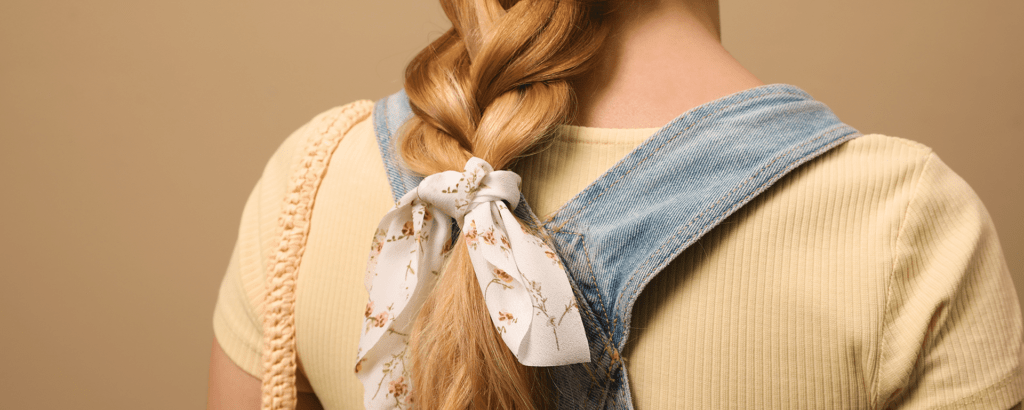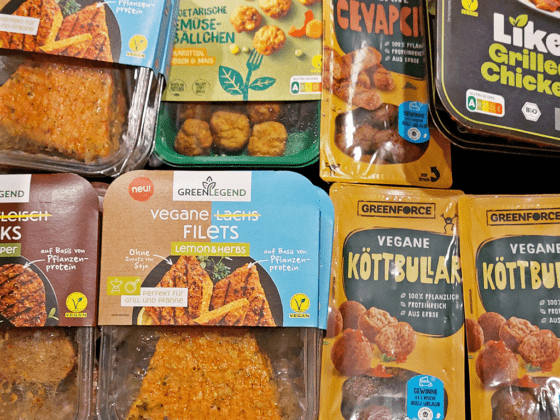Ingenious or repulsive? A start-up from the Netherlands is developing a new process: Human hair waste becomes yarn and wool. The material is said to be flexible, durable and thermally insulating. But isn’t it disgusting?
In a report in the sustainability magazine enorm (article available in German), start-up founder Zsofia Koller explains: “We don’t think about how sheep are treated during shearing, how dirty and rough it is, but we are disgusted by cut-off head hair. At the same time, we wear eyelashes and extensions made of human hair.” Kollar wants to change the perception of the material, she says. After all, human hair is a keratin fiber, just like wool, the magazine reports.
65.5 million kilograms of hair end up in the trash
Sounds understandable. But is that enough to make human hair acceptable as a raw material for textile production? Inventor Zsofia Koller gives other good reasons – and they sound really sustainable. For example, 65.5 million kilograms of hair waste from hair salons are burned instead of recycled in the EU every year – a pile as heavy as seven Eiffel Towers. A huge resource that is as yet unused.
Hair fibers have excellent properties
Hair fibers consist of natural polymers and keratin proteins with a protein content of up to 95 percent. Added to this are water, fats and other substances. This makes the fibers stable, heat-insulating, flexible, oil-absorbent and light.
Keratin fibers can therefore also be used to insulate houses, rid rivers of oil spills, reinforce porous materials such as concrete, or replace wooden sticks in scent diffusers. In addition, because human hair releases nitrogen as it decomposes, it can be used as a natural fertilizer, Kollar said. First clothes, then plant food.
The five-person start-up, which includes textile and chemical engineers, is already working with several fashion companies. The plan is to launch the first collection this year.
Wool from human hair is coarser than sheep wool
How does human hair feel on the skin? And how is it produced in the first place? The enorm magazine explains: “Kollar’s team has developed a process for these steps – exactly what it looks like is a trade secret. On the spinning wheel, the hair fibers are then turned into a thread, just like merino or cotton. However, the material is not (yet) as soft as these. This is due to the larger diameter of our hair fibers. It is therefore probably more suitable for textiles that are made from coarser fabrics and do not touch the skin, such as curtains and shoes. Or else as the outer material of coats and jackets, in combination with a softer lining.”
Conclusion: materials that perform well and are sustainable at the same time are rare, in this respect it is definitely worth a try!
 English
English Deutsch
Deutsch




